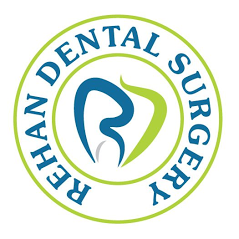Wisdom Tooth Removal
Wisdom Tooth Removal in Karachi If there is not enough room, the wisdom tooth may try to come through, but will get stuck against the tooth in front of it. The wisdom tooth will be at an angle, and will be described as 'impacted'.If part of the wisdom tooth has appeared through the gum and part of it is still covered, the gum may become sore and perhaps swollen. This is called ‘pericoronitis'.
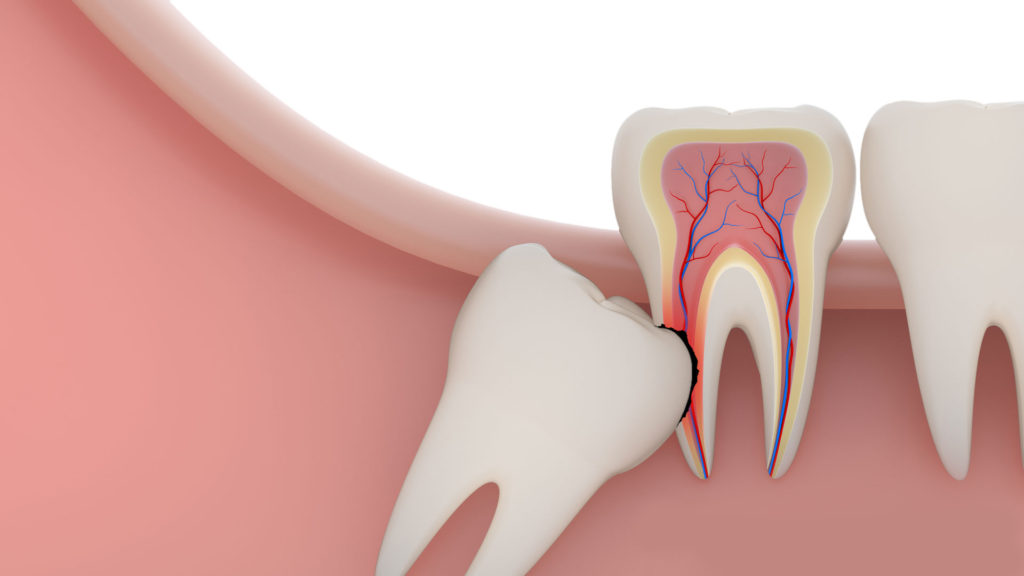
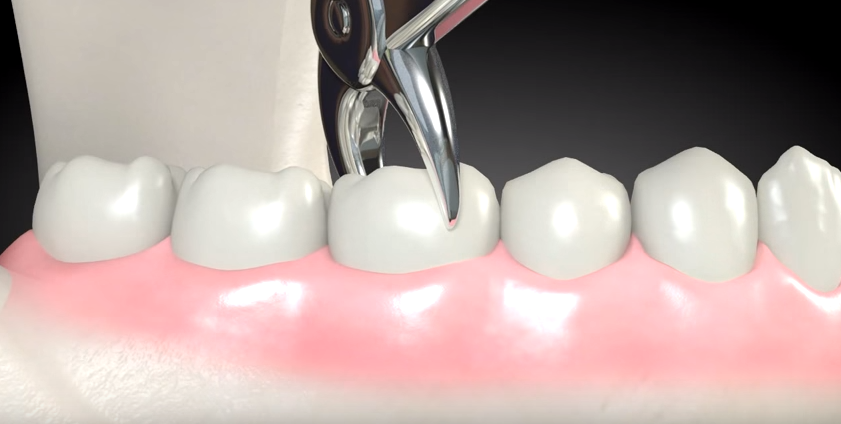

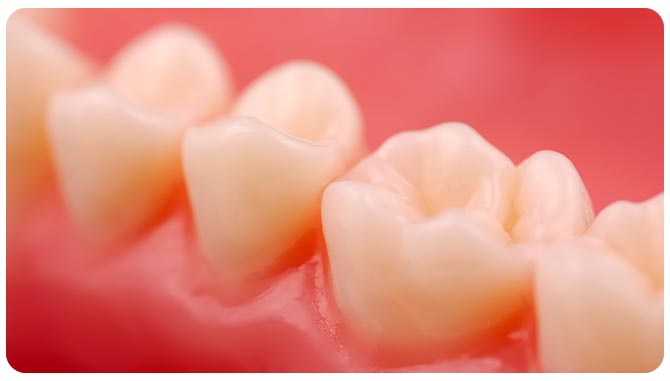
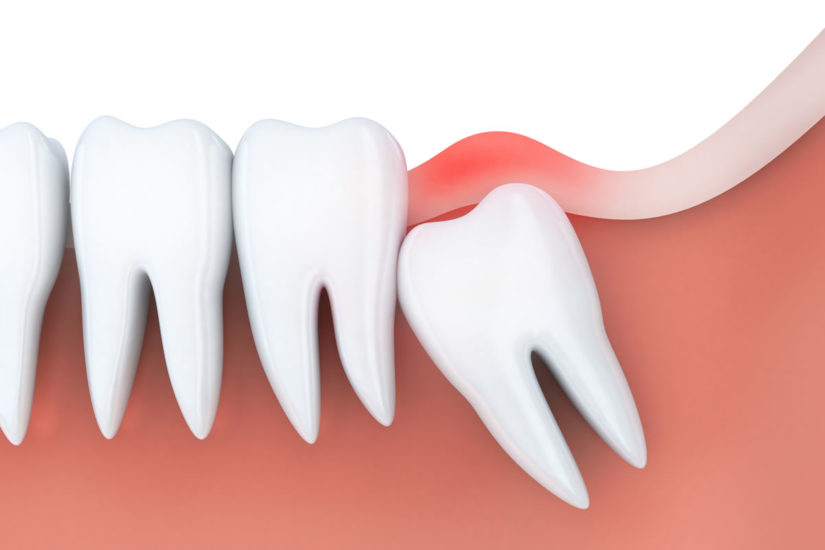
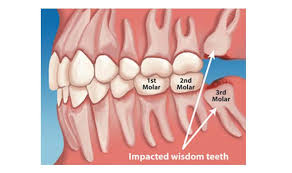
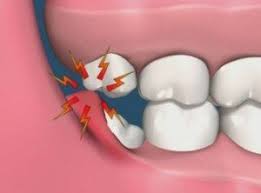

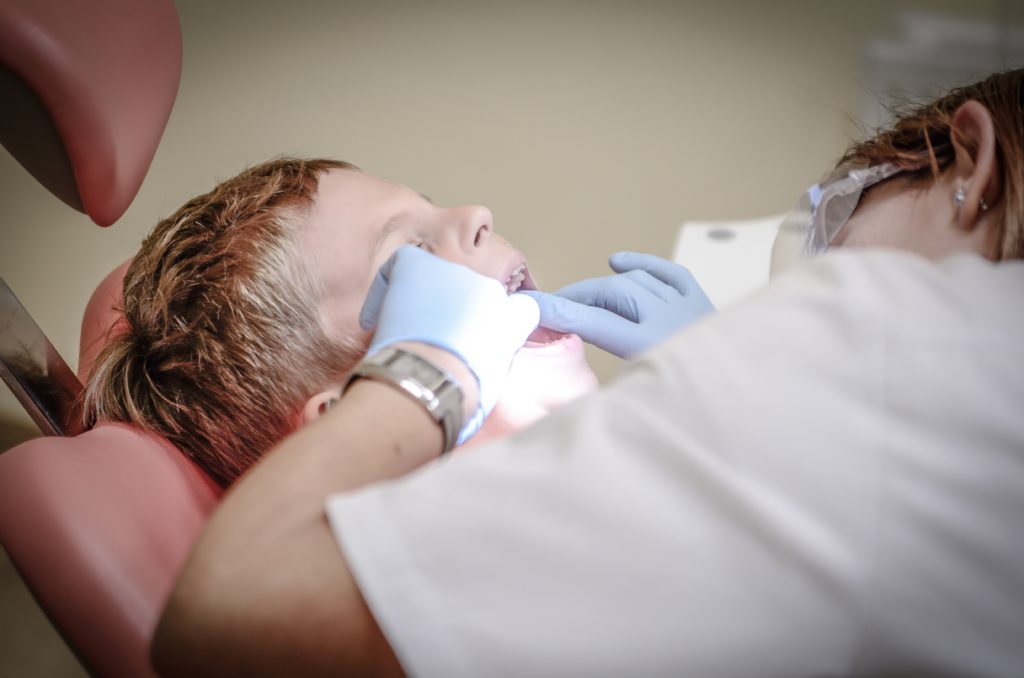
Wisdom Tooth Removal in Karachi at Rehan Dental Surgery
A wisdom tooth is another name for the tooth that is located in the backmost part of the mouth. It is the molar tooth that is closest to the throat in the rear of the mouth. There are usually four wisdom teeth in the mouth and they are located in each quadrant of the mouth.
Some patients can keep their wisdom teeth with no major issues for the majority of their life or their lifetime. Other patients can experience problems with their wisdom teeth or around the wisdom teeth. Patients who experience these issues are advised to have their wisdom teeth removed. Wisdom teeth removal or removal of other teeth are also necessary to make space for orthodontic treatment or braces.
Procedure of Wisdom Tooth Removal in Karachi at Rehan Dental Surgery
Tooth extraction is usually relatively straightforward, and the vast majority can be usually performed quickly while the individual is awake by using local anesthetic injections to eliminate painful sensations. Local anesthetic blocks pain, but mechanical forces are still felt. Each person reacts differently to anesthesia.
If you had a local anesthetic and feel active afterwards, you might be capable of driving home to begin your recovery. You might even be able to do your normal activities like going to work.
If you had general anesthesia or if still feel sleepy, you would need someone to drive you homeSome teeth are more difficult to remove for several reasons, especially related to the tooth’s position, the shape of the tooth roots and the integrity of the tooth.
Dental phobia is an issue for some individuals, and tooth extraction tends to be feared more than other dental treatments like fillings. If a tooth is buried in the bone, a surgical or trans alveolar approach may be required, which involves cutting the gum away and removal of the bone which is holding the tooth in with a surgical drill. After the tooth is removed, stitches are used to replace the gum into the normal position.
Immediately after the tooth is removed, a bite pack is used to apply pressure to the tooth socket and stop the bleeding. Most people experience little or no pain after surgery. You’ll likely experience swelling and mild discomfort for 3 or so days and your mouth may need a few weeks to completely heal.
After a tooth extraction, We usually give advice which revolves around not disturbing the blood clot in the socket by not touching the area with a finger or the tongue, by avoiding vigorous rinsing of the mouth and avoiding strenuous activity. Sucking, such as through a straw, is to be avoided.
Use an ice pack on your face to get rid of skin color changes or swellings. Gently close and open your mouth to exercise your mouth. Eat soft foods and drink plenty of fluids. Begin brushing your teeth from the day after the surgery. Don’t brush against any blood clots.
Take the medicines our doctor prescribes to ease pain or swelling. Call our doctors if you have a fever, or if your swelling or pain doesn’t improve. If the blood clot is dislodged, bleeding can restart, or alveolar osteitis can develop, which can be very painful and lead to delayed healing of the socket. Smoking is avoided for at least 24 hours as it impairs wound healing and makes dry socket significantly more likely. Most advise hot salt water mouth baths which start 24 hours after the extraction.
After a wisdom tooth is removed, you may have or notice:
Swelling and pain in your gums and tooth socket where the tooth was removed. Bleeding that will not stop for about a day. Difficulty with or pain from opening your jaw called trismus. Damage to dental work such as crowns and bridges or to the roots of a nearby tooth.
A painful inflammation called dry socket may occur. Numbness in your mouth and lips after the local anesthetic wears off, due to injury or inflammation of nerves in the jaw. Numbness will usually go away. Dental surgery may cause bacteria in the mouth to enter the bloodstream and cause infections in other parts of the body. People who have difficulty fighting off infections may need to take antibiotics before and after dental surgery. Such people include those who were born with heart defects or have artificial heart valves.
What To Think About
In younger adults the wisdom tooth’s roots are not fully developed and the jawbone is not as dense, so it is easier to remove the tooth. An easy tooth removal usually translates into an easier recovery. Most problems with wisdom teeth develop between the ages range of 15 and 25. If you are older than age 30, you have a very low risk of having problems with your wisdom teeth. If you have a medical condition that may get worse over time and your teeth may cause problems, consider having your wisdom teeth removed while you are healthy. Possible complications include dry socket (alveolar osteitis), infection, bleeding, and numbness. Women on birth control pills who decide to have their wisdom teeth removed should try to schedule the surgery for the end of their menstrual cycle (usually days 23 through 28).
Follow Us
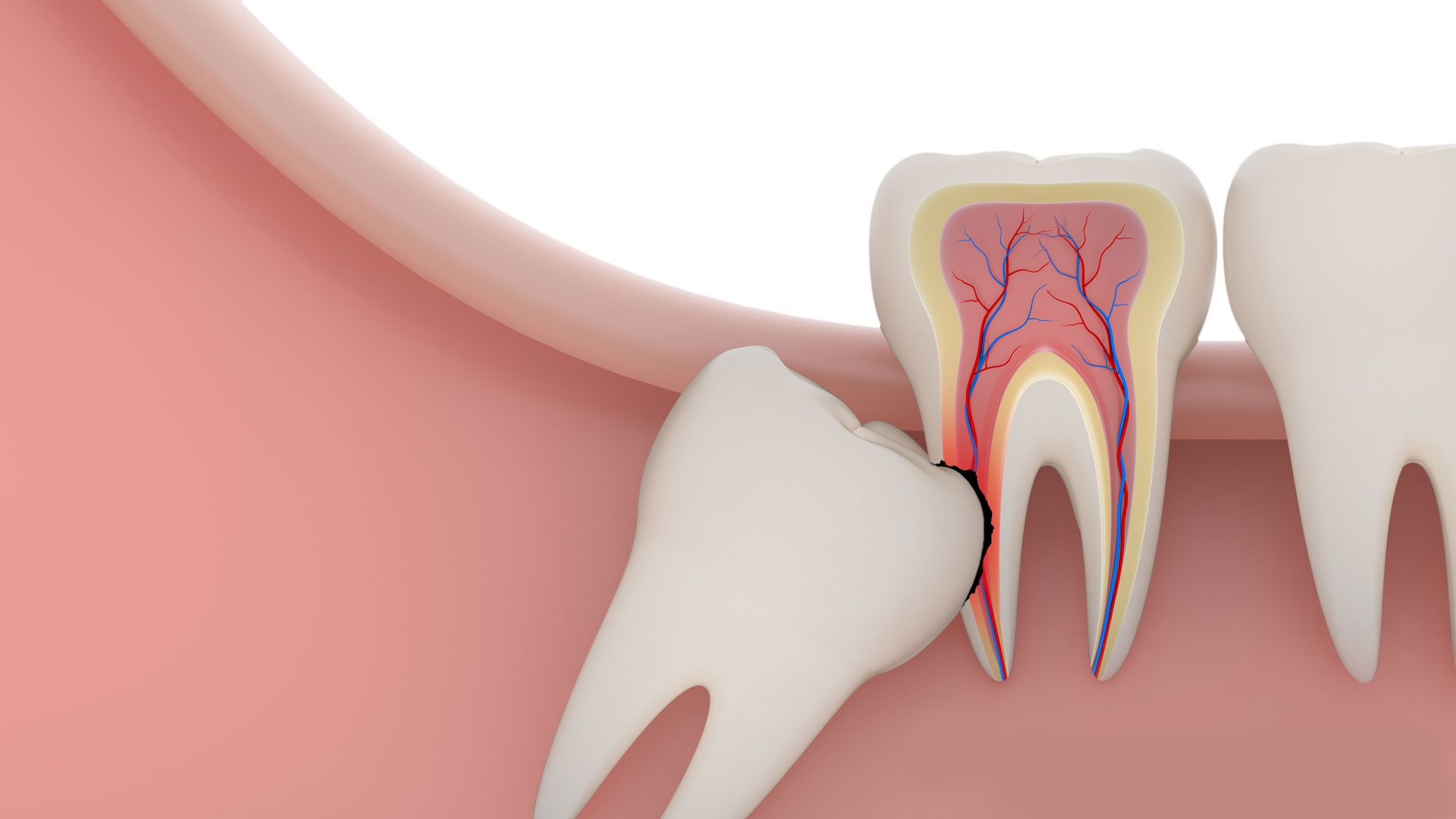
Telephone No.(021) 35877144
